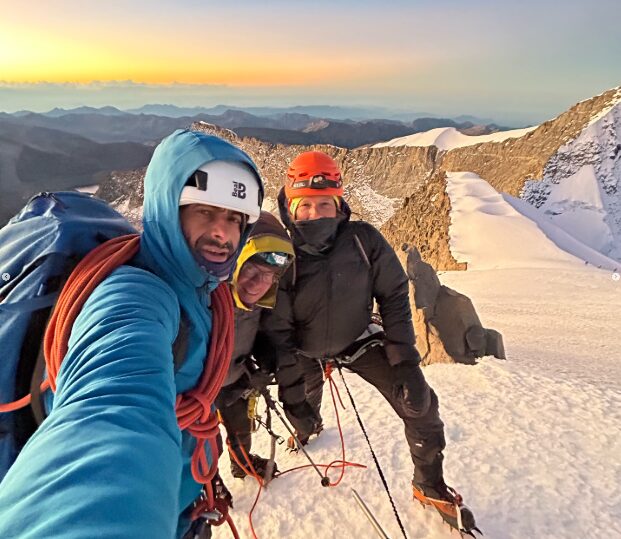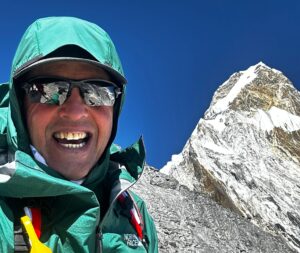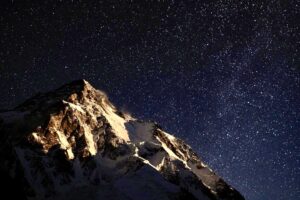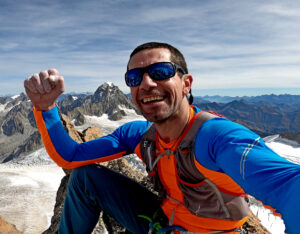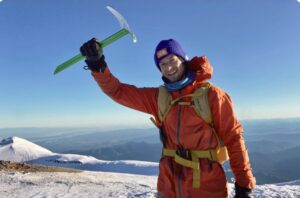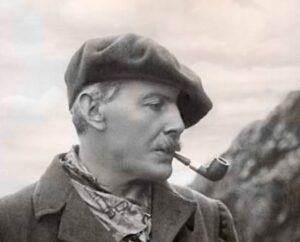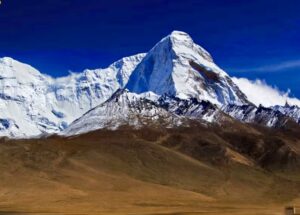After we published a story about an unusual expedition to the Sierra Nevada de Santa Marta in Colombia, several readers asked whether this highly restricted area, located between the rainforest and the Caribbean coast, was open to climbers again.
The short answer is yes, but not to anyone.
A group led by Ricardo Rubio climbed a new route on Simon Bolivar Peak on December 18, 2024. They also summited neighboring Cristobal Colon Peak. Both mountains are similar in altitude (just over 5,700m), and an ongoing debate has centered around which was higher and was therefore the highest peak in Colombia.
The first survey, in 1939, judged Colon three meters higher than Bolivar. However, later expeditions, including Rubio’s, insisted that Bolivar’s summit was slightly higher. However, in the last few years, no one has climbed the peaks to make sure.
(Almost) inaccessible
Both mountains lie in the Sierra Nevada de Santa Marta, a peculiar spot. Rising right from the shores of the Caribbean, it is the highest coastal range in the world. Access is highly restricted to preserve the Arhuaco tribal community, which regards the range as El Corazon del Mundo (“The Heart of the World”). Armed groups in the region are a further reason for the restrictions.
But after years of isolation, climbers are back, thanks to a cooperative agreement between a few local companies and the Arhuaco community. The companies also negotiated a safe passage for the climbing groups with the armed paramilitary groups in the area.
The tribe’s members earn money as porters and support staff. Expeditions have to trek three to four days right from the Caribbean beaches at sea level, through the jungle, then along alpine meadows, and finally on rock and glaciers to well over 5,000m.
Ricardo Rubio of Ascenso Andino Colombia told ExplorersWeb that in January, they had managed three international groups, including climbers from Poland, Austria, the U.S., and Mexico. All summited Colon Peak, and four individuals also climbed the more technical Simon Bolivar Peak.
“We have permission of passage from the Arhuaco people, from the villagers in San Pedro de la Sierra, as well as from the armed groups,” Rubio said.
He insists it is safe since both local communities and the armed groups recognize the benefits of this sustainable, cooperative tourism.
The expedition takes a total of 12 days, and the season goes from December to March.
Altitude confirmed
Shortly after we published the story about the new route on Bolivar, U.S. peak bagger Eric Gilbertson also contacted ExplorersWeb to confirm he, Ginge Fullen, and Jonathan Suarez also climbed Bolivar a few days later via another variation that he deemed slightly harder. He wrote that Rubio’s Dec 18 route was 5.4 M1, while his variation was 5.6 M2.
Gilberton’s team also brought professional survey equipment on their climb and measured both summits. Bolivar, he said, was 5,720.42m +/-0.08m, and Colon was 5,712.79m +/-0.87m (orthometric height).
“The debate is settled,” he concludes.
Gilbertson explained that Colon used to be Colombia’s high point when the peaks were surveyed in 1939. At that time, Colon was 5,775m and Bolivar 5,773m, but the snow on their summits has melted considerably since then.
“The highest visible rock on each peak is two to three meters below the summits, so if the melt rate continues, it appears Bolivar will remain the country’s high point,” Gilbertson said.
Eric Gilbertson and his twin brother Matthew, from Seattle, have spent the last 30 years trying to summit the highest peak in every country in the world.
